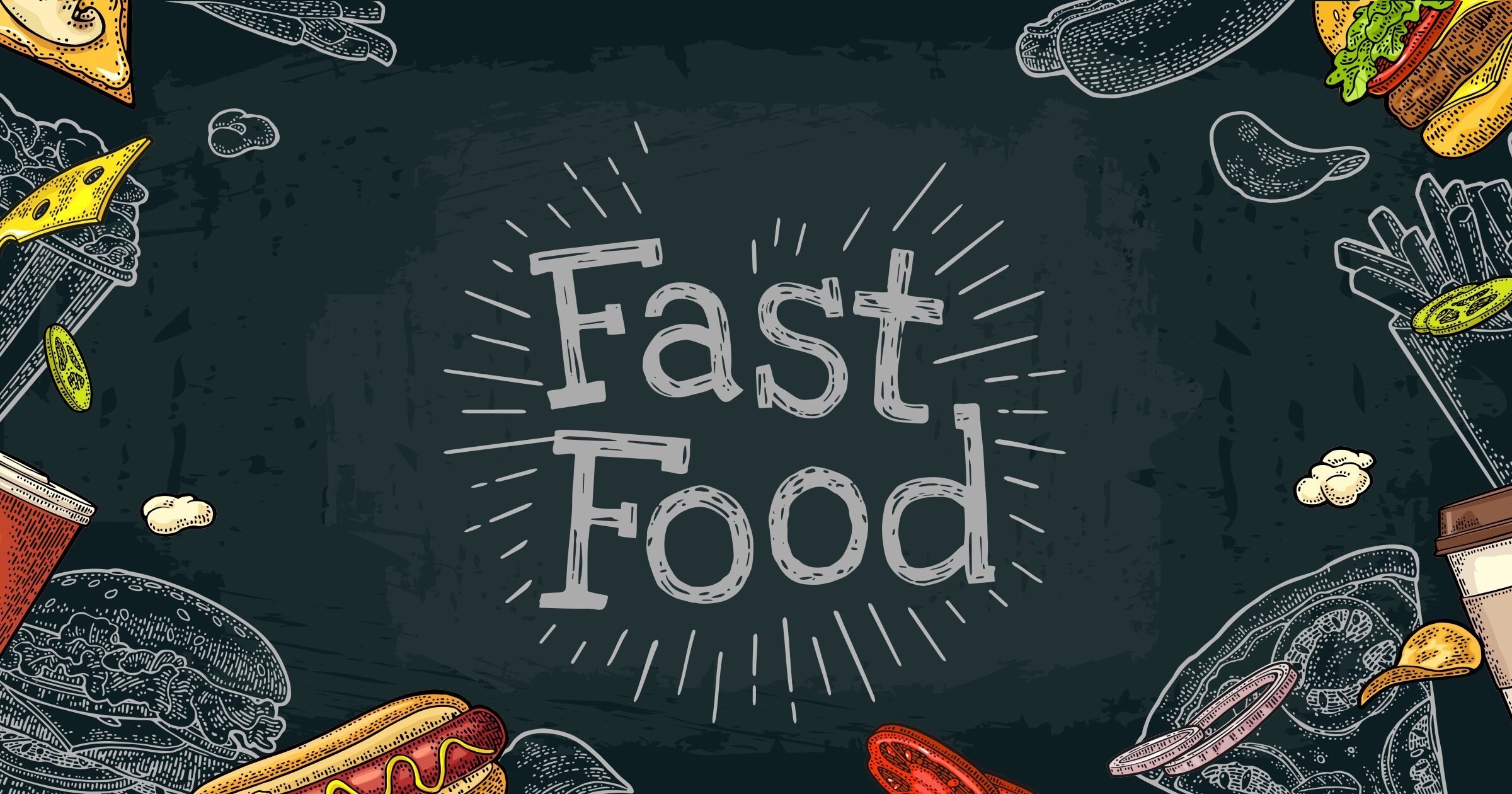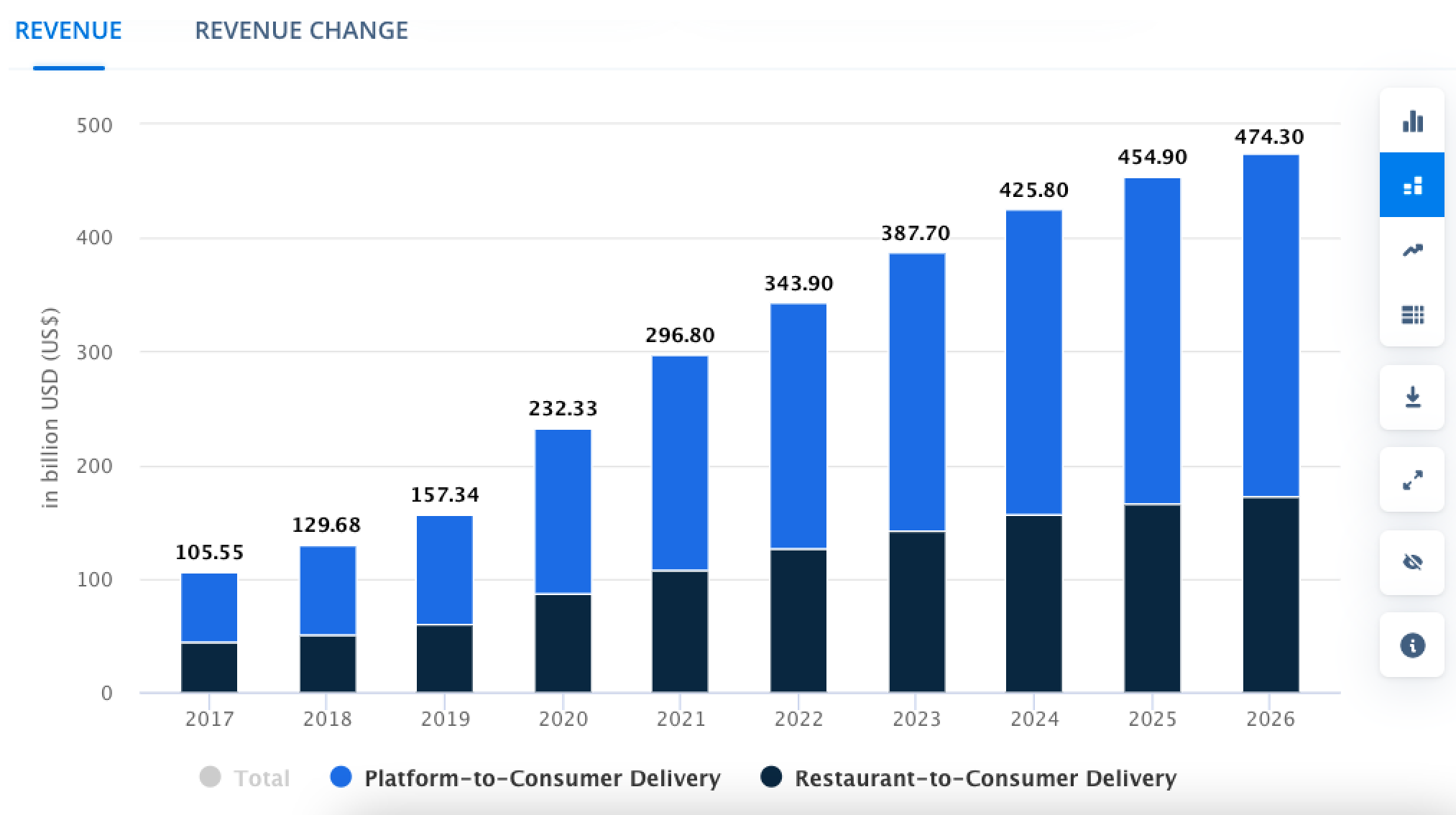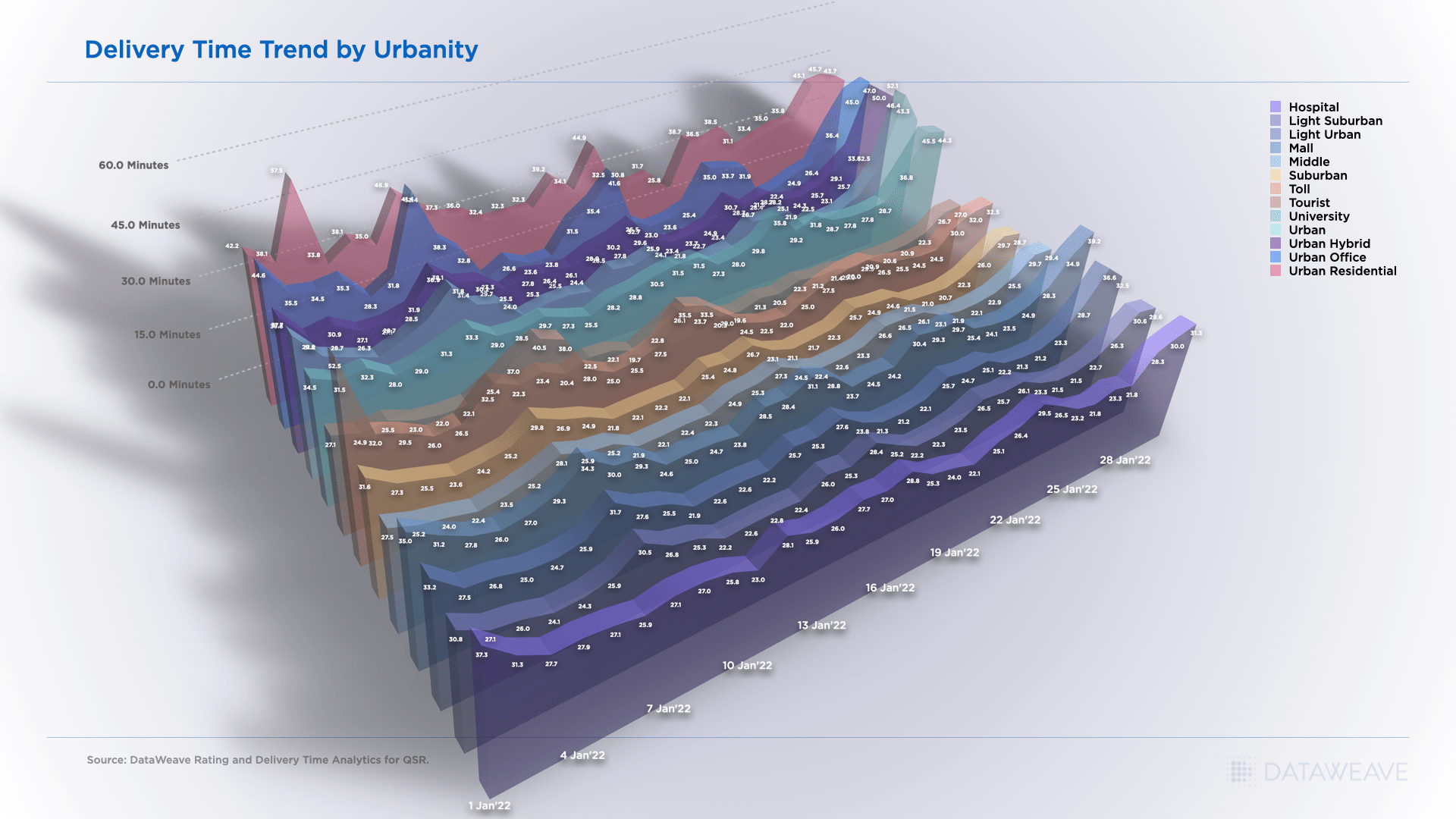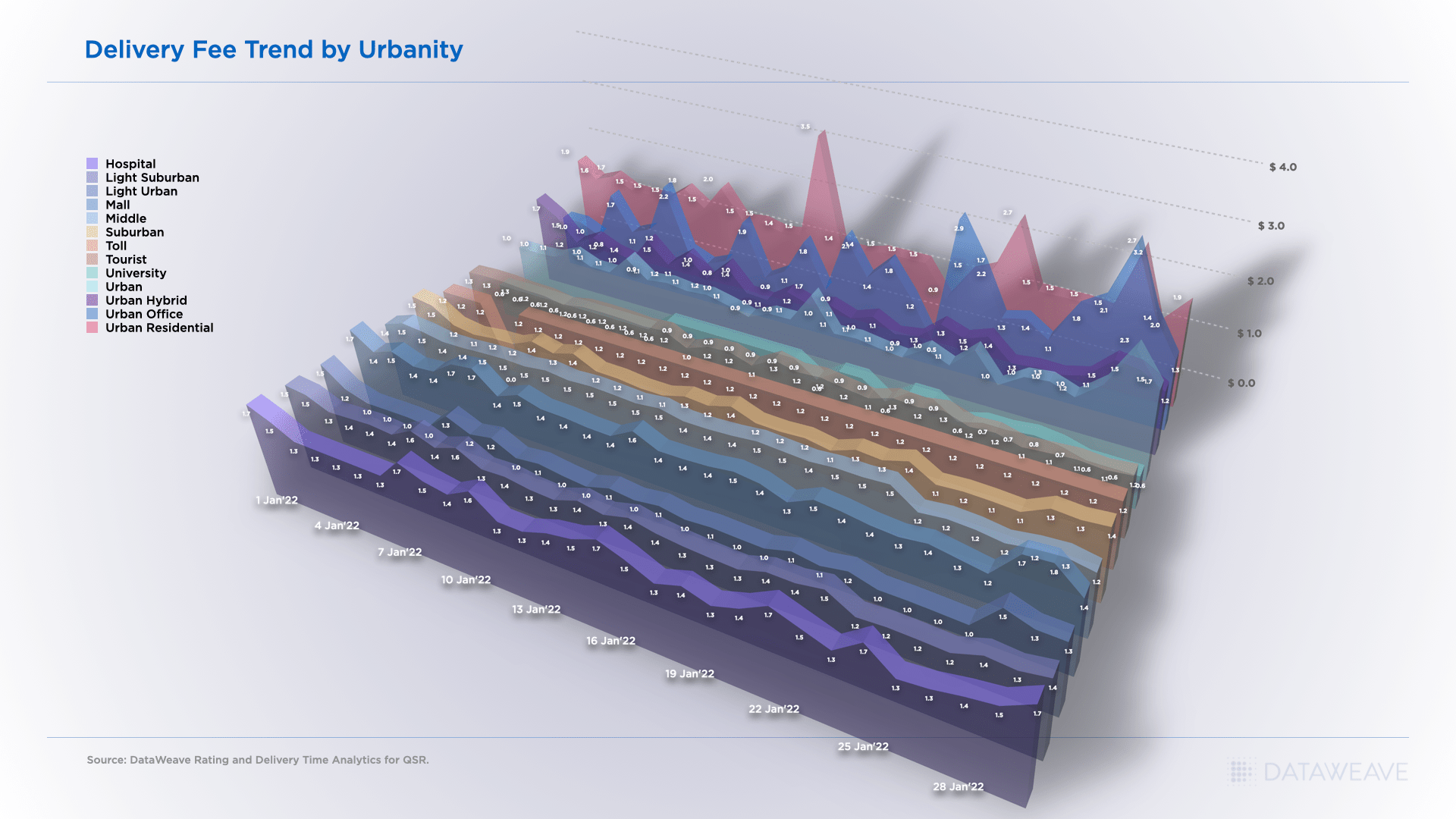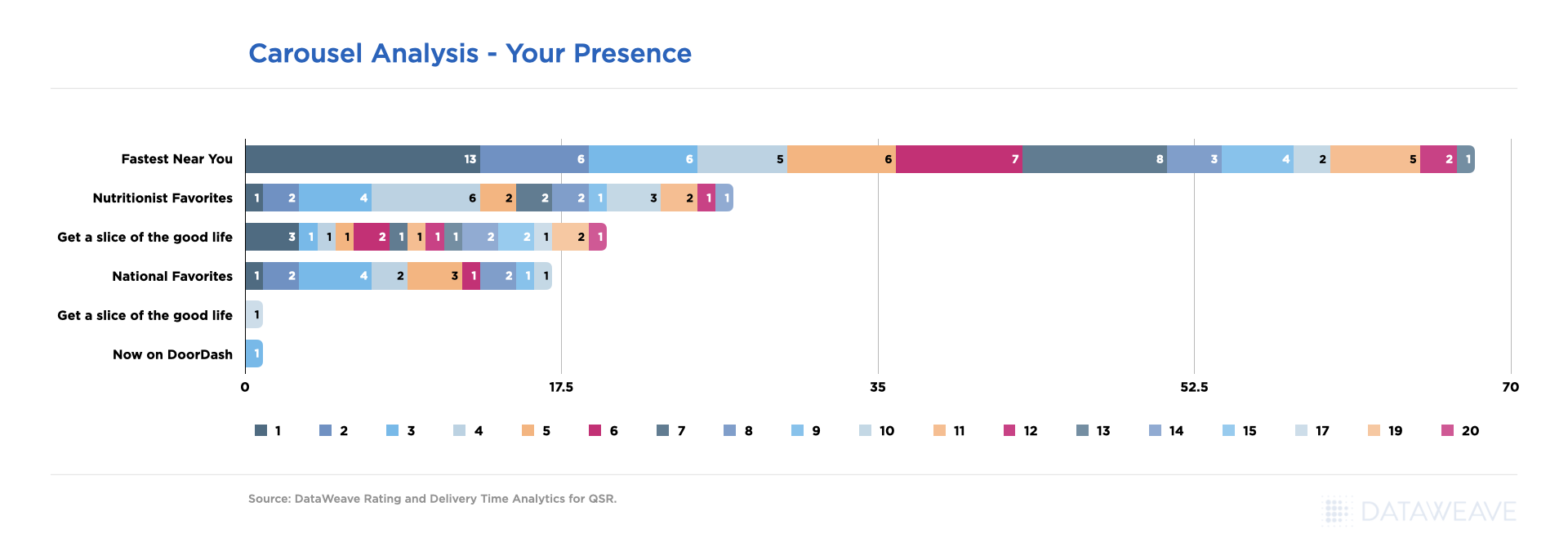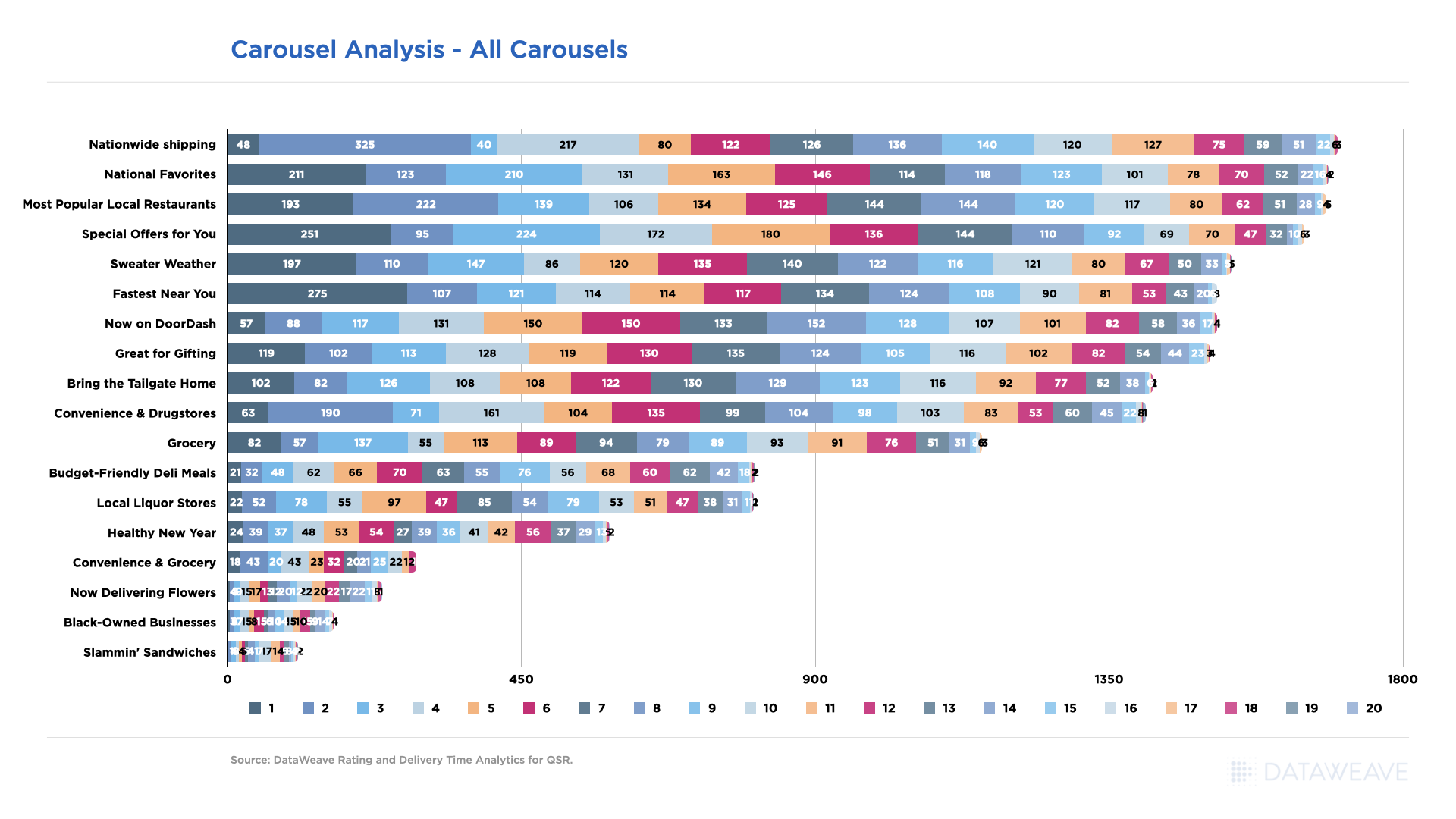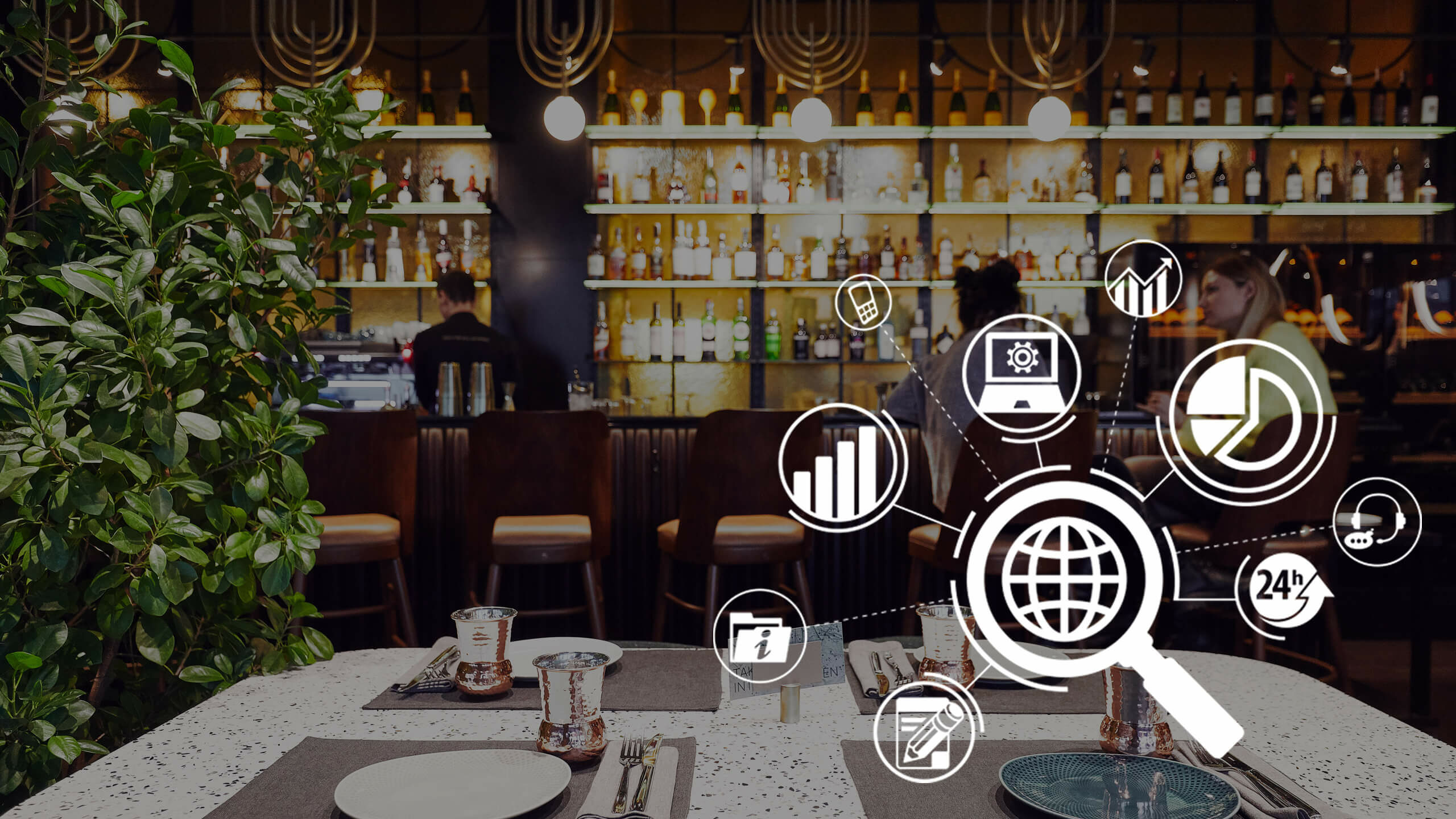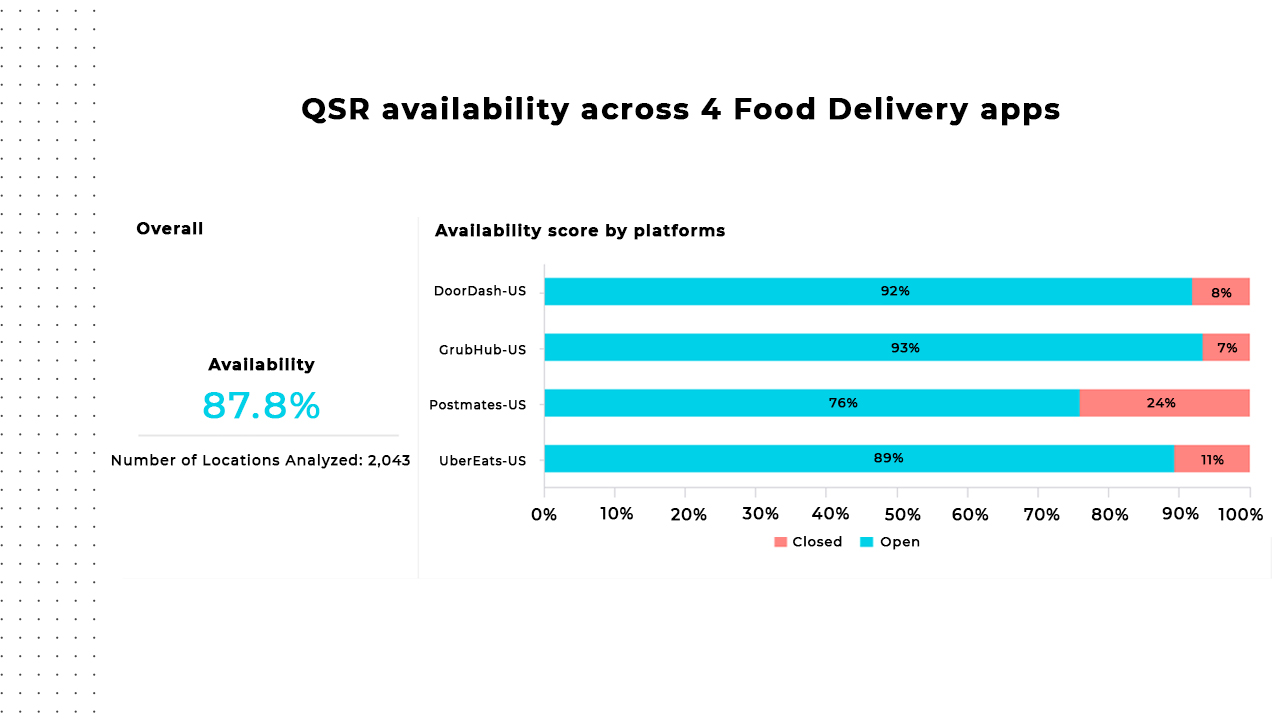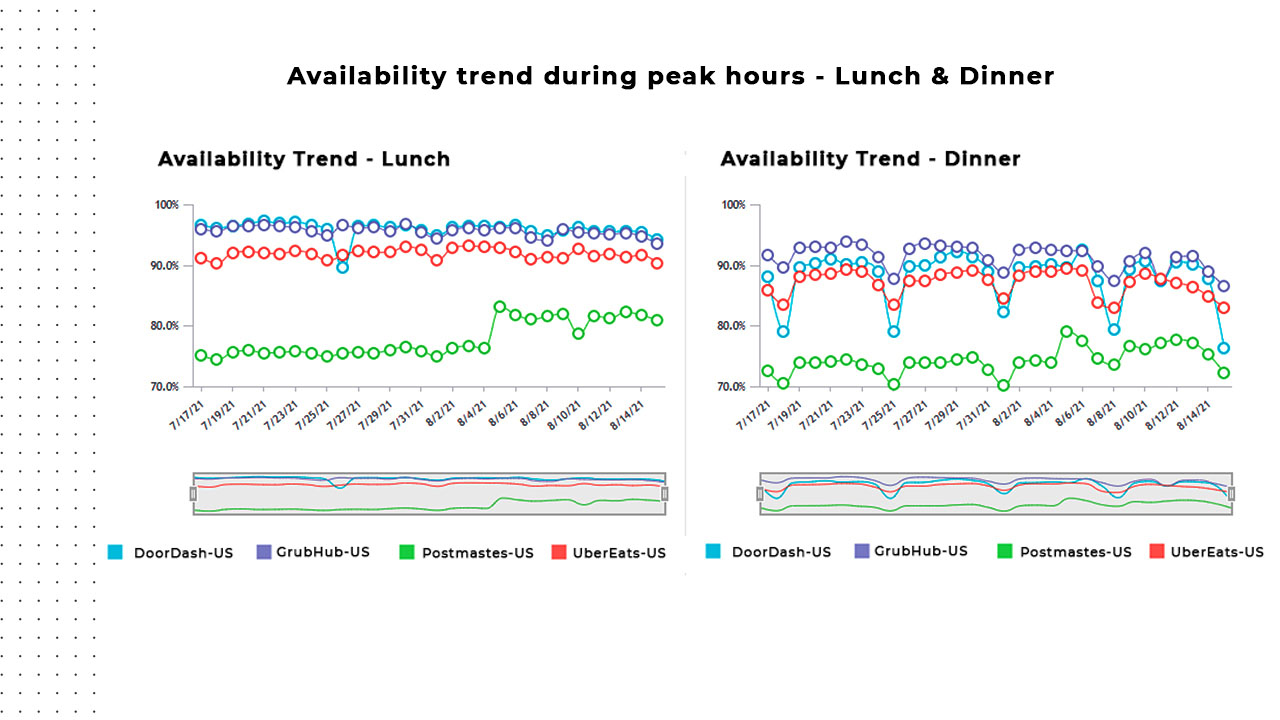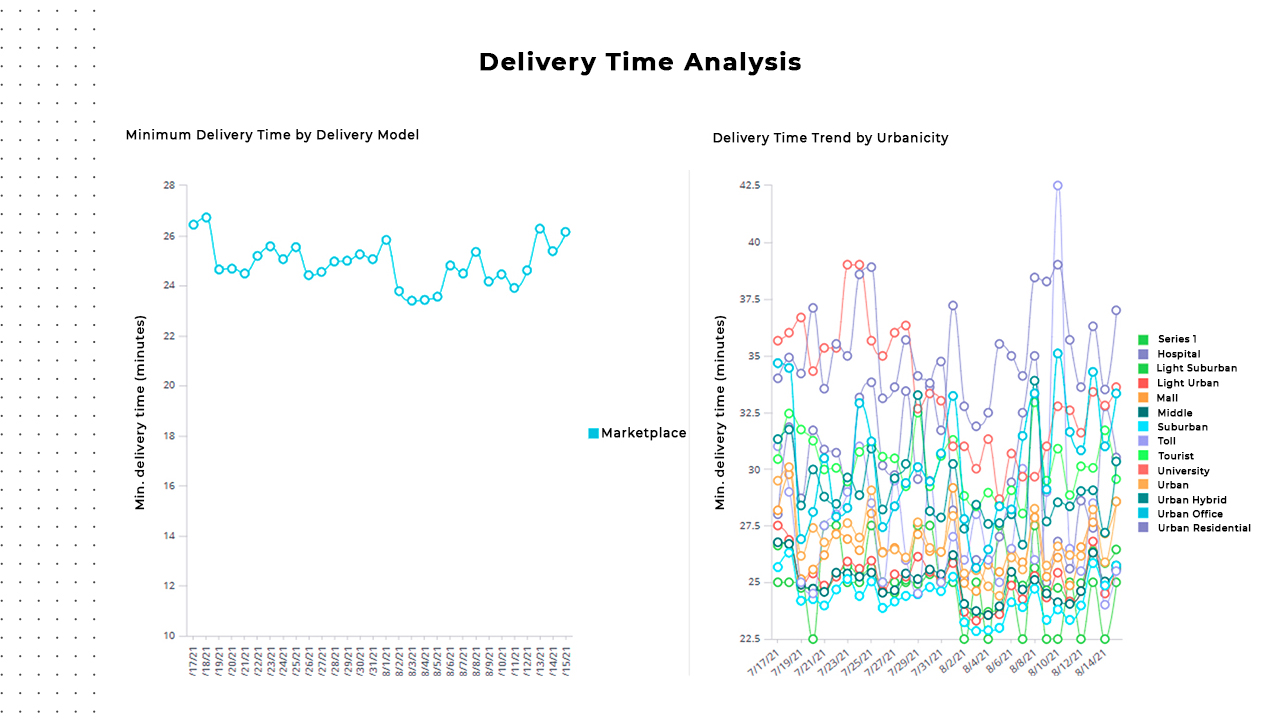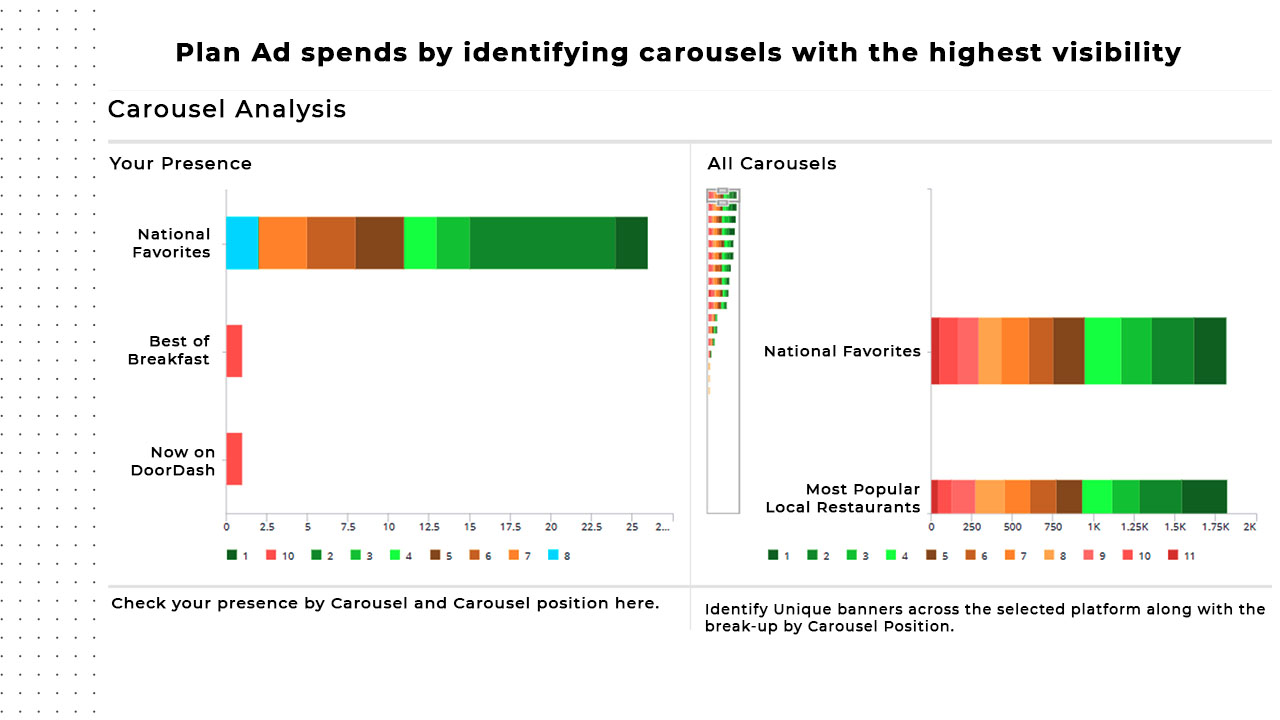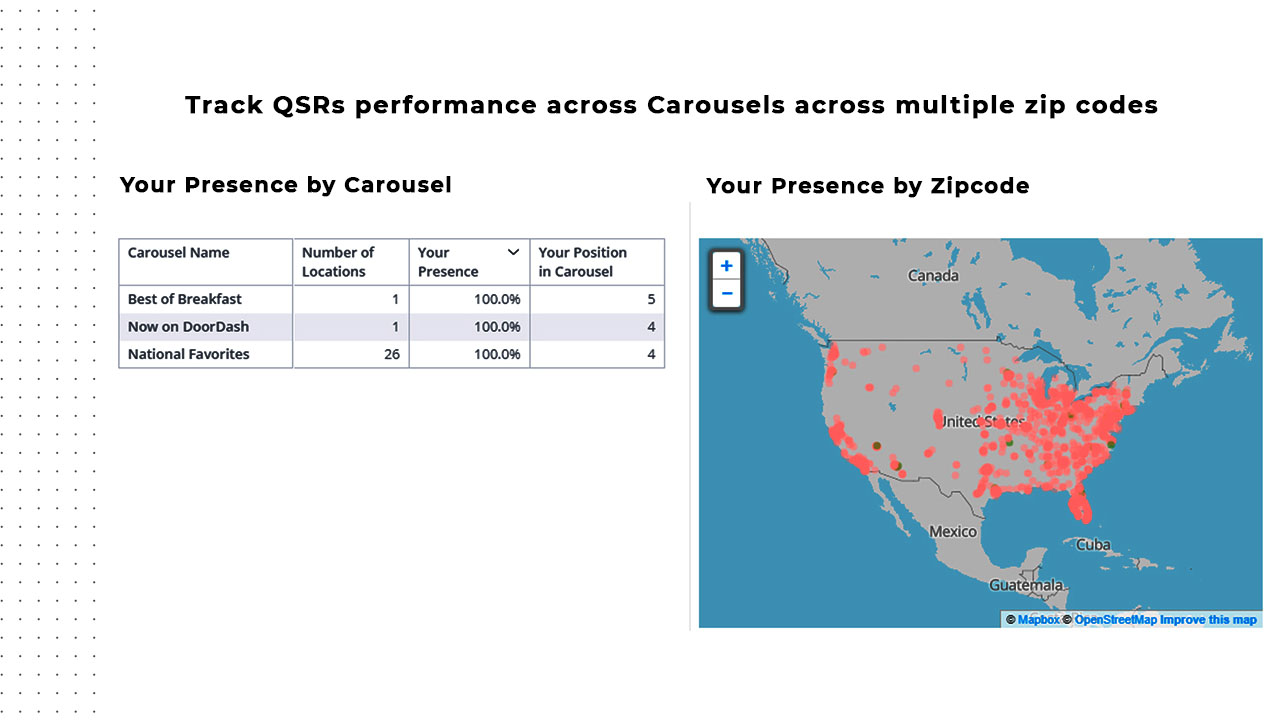Let’s start with the basics – what is a ‘House of Brands.’
House of Brands is a portfolio management strategy that defines how a family of brands owned by one parent company, each independent of one another and each with its own audience, marketing, look & feel operate in harmony with each other.
Advantages of a House of Brands Strategy
- The Profit Playbook: The playbook generated by the success of one brand can be leveraged to scale other brands.
- Economies of Scale: Cost across Marketing, Supply chain, Advertising, and Operations gets shared across multiple brands helping optimize costs.
- Market Coverage: Multiple products enable brands to cover multiple market niches and audiences while maintaining unique messaging for each niche.
- Future-Proofing: By hedging bets across multiple brands, it cushions the parent company against changes in customer preferences and trends.
… for these reasons and more, it’s no surprise that every digital-first consumer brand today aspires to leverage a portfolio strategy to become a House of Brands.
More and more companies are slowly adopting this strategy
- In the US the brands like P&G, Newell, and Unilever which found early success in the online space are quickly acquiring more brands and betting on the “House of Brands” strategy to scale.
- In India, Unicorn D2C start-ups like MamaEarth, Good Glamm Group, Sugar Cosmetics, Rebel, Boat, and Lenskart to name a few, are already knee-deep into this strategy as their brand portfolio keeps growing.
- And then there are brand roll-ups like Thrasio, Perch, HeyDay in the USA, Branded, Hero in the UK and Mensa, and GlobalBees in India which started as a House of Brands from the get-go.
More Brands. More Data. More need for Monitoring!
You cannot improve what you cannot measure! In order to scale these brands, the first thing needed is DATA. Data across all digital platforms – data on social media performance, customer engagement, eCommerce sales, product stock availability, pricing, reviews, and customer sentiment to name a few. This data will unlock huge value for brands and it gives them a sense of what’s working and what needs to be improved in order to increase sales & scale.
All brands need to track this information – but here’s a challenge unique to a House of Brands – it is the sheer volume & scale of data needed across multiple brands across multiple digital platforms! For example, a House of Brands with let’s say 10+ brands, each brand with 50 SKUs, selling on 10 eCommerce platforms is the equivalent of managing 10 retail shops with 500 SKUs!
Let’s look at some of the questions the analytics, marketing, and brand management teams at House Of Brands would ask. And the data they would need almost on a daily basis for every single brand.
- What is the search ranking for all of our SKUs across each and every single eCommerce store it is available on? How does this benchmark to the closest competitor? And are competitors using aggressive advertising strategies to outperform & overshadow our SKUs?
- Are competitors offering discounts? Are those discounts higher than what we’re offering leading customers to purchase their products instead of ours?
- Are my products & SKUs available and not out of stock across every single marketplace and online store?
- Are positive ratings & reviews driving my customers to purchase my product? Or do our competitors have a better customer perception than my brand does?
- Are Amazon and other marketplaces displaying my product content correctly so customers have enough information to make an informed purchase decision?
… if the sheer scale across multiple brands was not a big enough challenge when this data needs to be tracked hyper-locally for each brand, it becomes anyone’s worst data nightmare!
Need Data? Lots of it? No problem!
To get ample data, across key KPIs brands need to invest in a Digital Shelf Solution. However, traditional Digital Shelf Solutions were built for brands that got a majority of their revenue from in-store sales and only a part of their revenue was being generated online.
That’s where DataWeave is different. DataWeave’s AI-Powered Digital Shelf Solutions was built with Digital Native brands in mind.
What KPIs do we help House of Brands track?
- Keyword Search Ranking: Track & improve your search rankings for priority keywords. Boost product visibility and sales
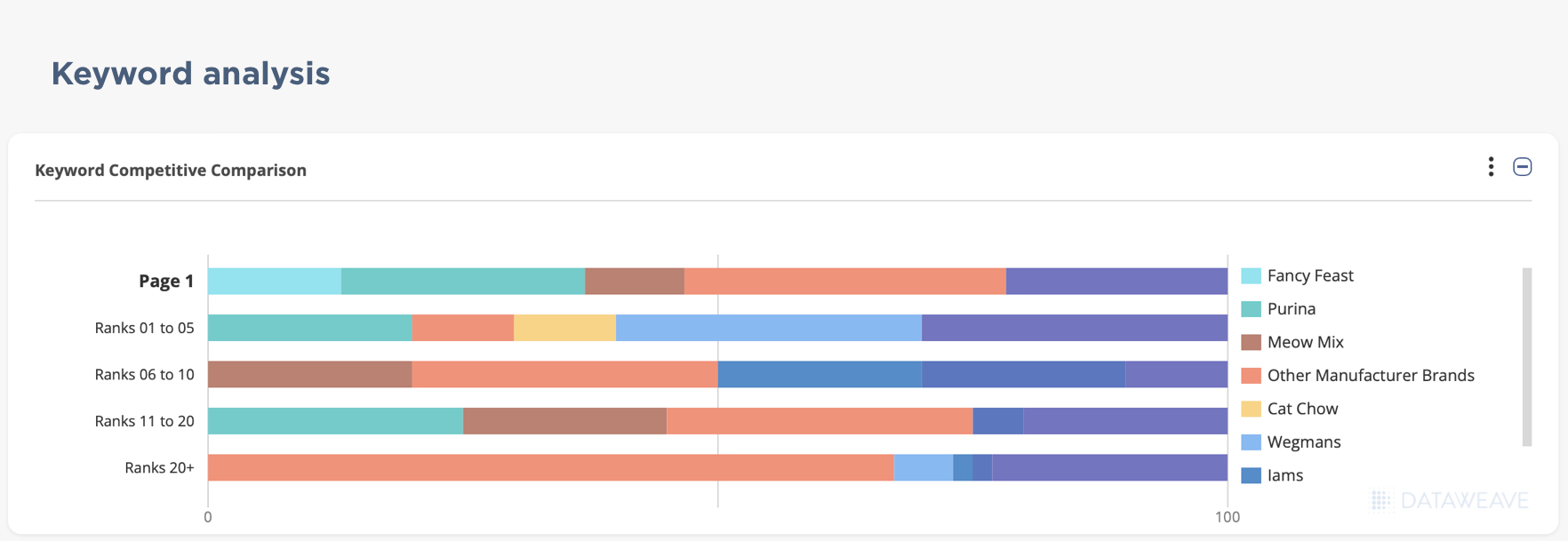
- Content: Optimize your brand’s product content to drive up conversions
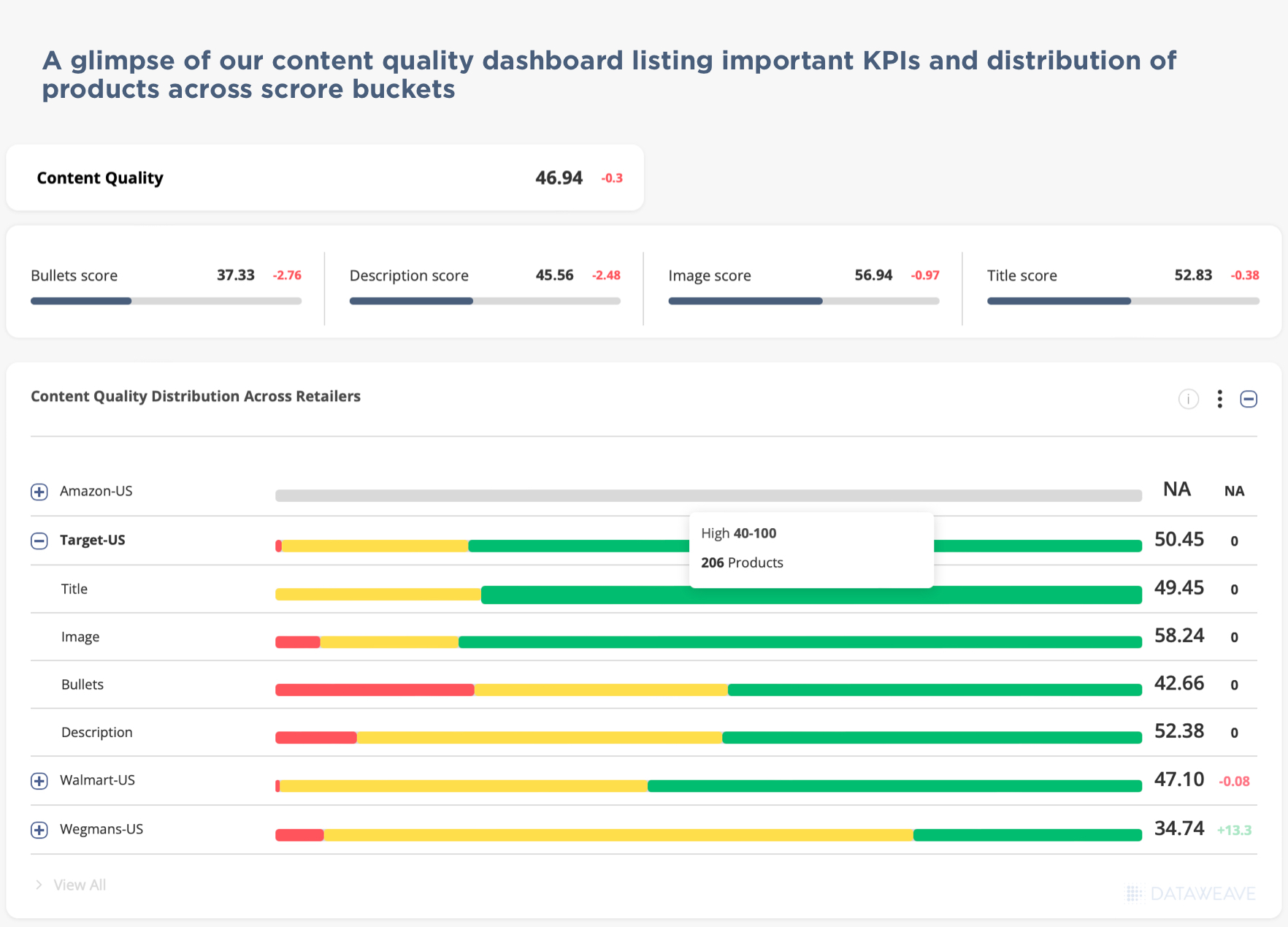
- Pricing & Discounts: Analyze your rivals pricing moves to stay competitive
- Stock Availability: Make sure that your products are never out of stock again
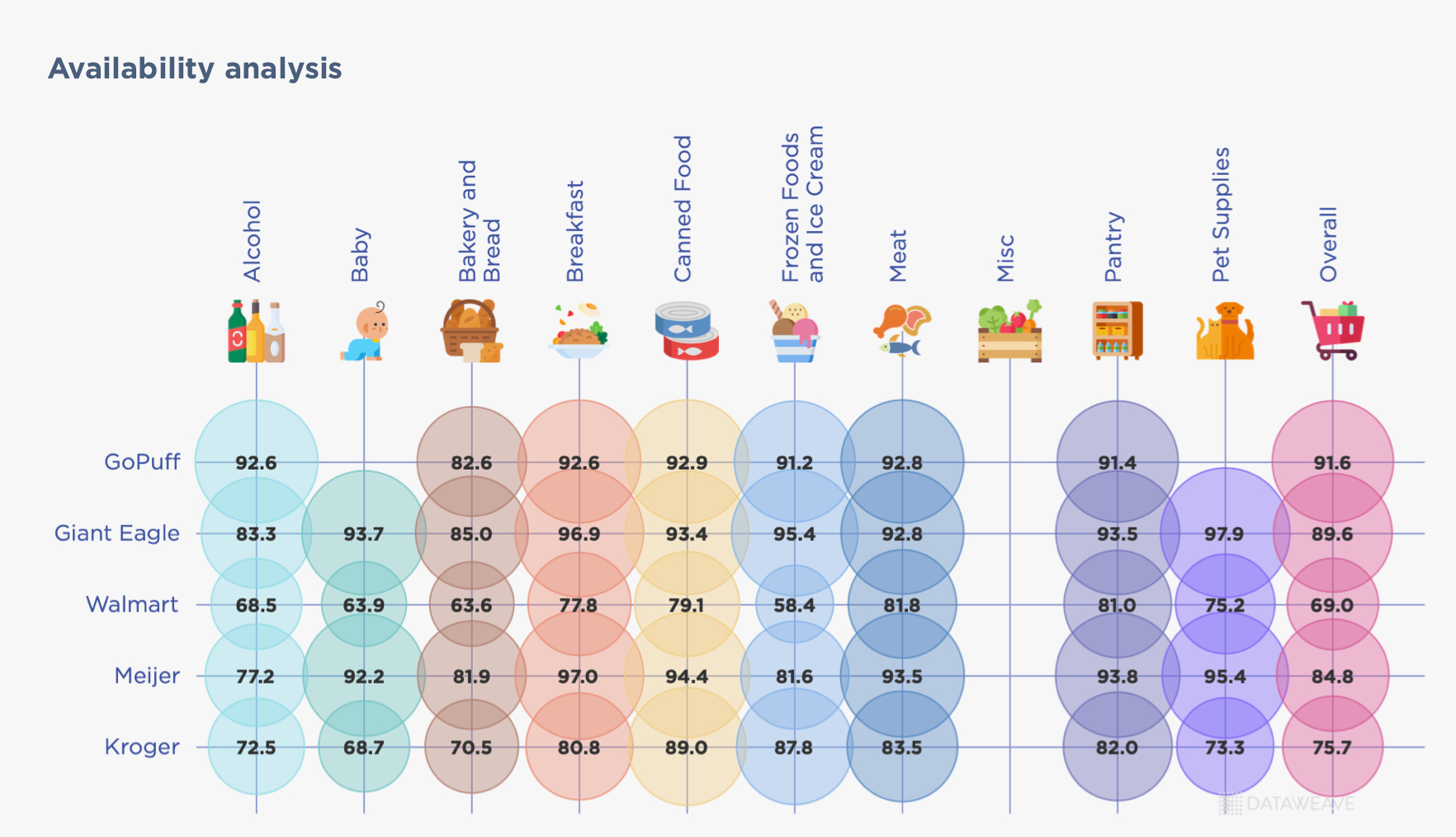
- Ratings & Reviews: Adapt to customer sentiments & strengthen your product reviews
The following metrics are available to view in one single dashboard, across multiple online stores and multiple geographies making it so easy to get a consolidated view of the health of the entire portfolio of products! What’s more, we’ve created a dashboard with multiple views – brand-wise, function-wise & even hierarchy-wise. This means a brand manager can see all KPIs specific for only the brand they manage, while the marketing team can look at keyword search rankings across all brands and the leadership team can see a brand-level daily scorecard for a quick health check. And that’s not all! Our dashboard highlights insights that can be “actioned asap” to make it easier to understand what critical tweaks and changes can help improve sales. Lastly, as a House of Brands adds more Brands & SKUs to its portfolio, our solution has the full flexibility to add and delete SKUs on the go!
If you are a House of Brand and wish to explore how some of the problems you face daily can be solved – please email: contact@dataweave.com.
Brand Roll-Ups and House of Brands are always scouting for new brands to acquire. DataWeave has a unique product to help you track a category daily, highlighting brands that show exceptional KPIs across – Ranking, Reviews, Ratings, Bestseller ranks, Sales Estimates, etc. Read more about how VC’s & Brand Rolls up are using Data for faster Acquisitions.

